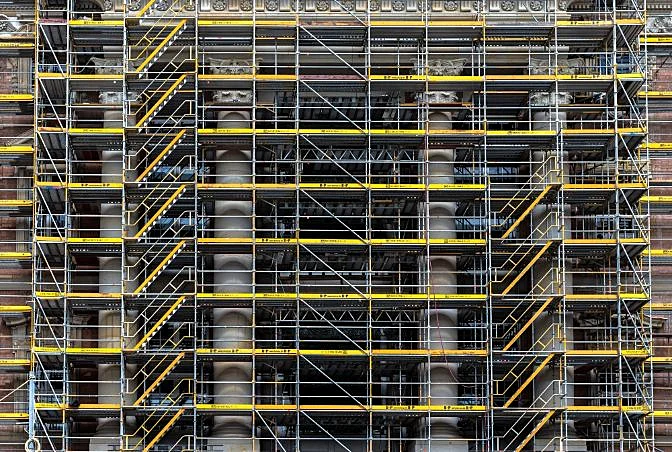Noy . 10, 2024 23:00 Back to list
Scaffolding and Formwork Solutions for Construction Projects in China
Understanding Formwork and Scaffolding in China's Construction Industry
In recent years, China's construction industry has experienced unprecedented growth, transforming its skyline at a remarkable pace. At the heart of this burgeoning sector is the critical role played by formwork and scaffolding. These essential components not only support the physical structure but also ensure the safety and efficiency of construction processes.
What is Formwork?
Formwork refers to the temporary or permanent molds used to shape and support concrete during its curing process. In China, a variety of formwork systems are utilized, including traditional timber formwork, modern steel and aluminum systems, and more innovative solutions like plastic or fiber-reinforced composites. The choice of formwork often depends on the specific project requirements, costs, and the desired finish quality.
One of the most significant advantages of using modern formwork systems is the reduction of labor costs and time. For instance, modular formwork allows for quick assembly and disassembly, minimizing delays in the construction schedule. Additionally, these systems are often designed for reuse, leading to sustainability benefits by reducing waste and lowering overall material costs.
The Role of Scaffolding
Scaffolding, on the other hand, is a temporary structure that provides support and access to workers during construction or maintenance activities. In China's dynamic construction scene, scaffolding is crucial, especially for high-rise buildings and infrastructure projects. Various types of scaffolding are employed, including tube and coupler scaffolding, modular scaffolding, and system scaffolding, each offering different benefits depending on the project scale and requirements.
The safety and efficiency of construction largely depend on the quality of scaffolding used. In a country where rapid urbanization is common, ensuring that scaffolding systems are robust and secure is of paramount importance to prevent accidents and injuries on-site.
china formwork & scaffolding

Innovations in Formwork and Scaffolding
As technology progresses, so do the methods and materials used in formwork and scaffolding. Digital tools and advanced manufacturing techniques have introduced innovations, such as 3D printing of formwork components and automated scaffolding systems that are quicker and easier to set up. These advancements not only improve the speed and safety of construction projects but also ensure higher quality finishes and structures that meet stringent building codes.
In China, companies are increasingly investing in research and development to create specialized products that cater to specific construction needs, such as earthquake-resistant scaffolding designed for regions prone to seismic activity. This focus on tailored solutions enhances safety and ensures that structures can withstand environmental challenges.
The Future Outlook
Looking ahead, the demand for formwork and scaffolding in China is expected to grow alongside the continual expansion of urban areas and infrastructure projects. From residential buildings to expansive industrial complexes, the need for effective support systems is critical. As China strives for more sustainable development, the construction industry will likely shift toward more eco-friendly materials and practices within formwork and scaffolding applications.
Moreover, as the country embraces smart building technologies, integrating IoT (Internet of Things) solutions into formwork and scaffolding could revolutionize how construction sites operate. Real-time monitoring of structural integrity and worker safety could be achieved through advanced sensors, ultimately leading to safer and more efficient construction practices.
Conclusion
In conclusion, formwork and scaffolding are indispensable elements of China's construction industry, playing a vital role in supporting the rapid development seen across the nation. As the industry evolves through innovation and sustainable practices, these components will adapt and transform, ensuring they continue to meet the challenges of modern construction. Embracing these changes will not only enhance safety and efficiency but also pave the way for a more resilient and sustainable future within the built environment.
-
Expert Ringlock Scaffolding: Durable, Safe, Efficient Solutions
NewsAug.28,2025
-
Ringlock Scaffolding: Strong, Safe & Efficient Solutions
NewsAug.27,2025
-
OEM Column Formwork: Circular, Curved & Inclined Solutions
NewsAug.26,2025
-
Premium Scaffolding Jacks: Stable, Adjustable & Durable
NewsAug.25,2025
-
OEM Wall Formwork & Shuttering: Flexible & Curved Solutions
NewsAug.24,2025
-
Adjustable Heavy Duty Props for Slab Formwork | Strong & Reliable Support
NewsAug.23,2025